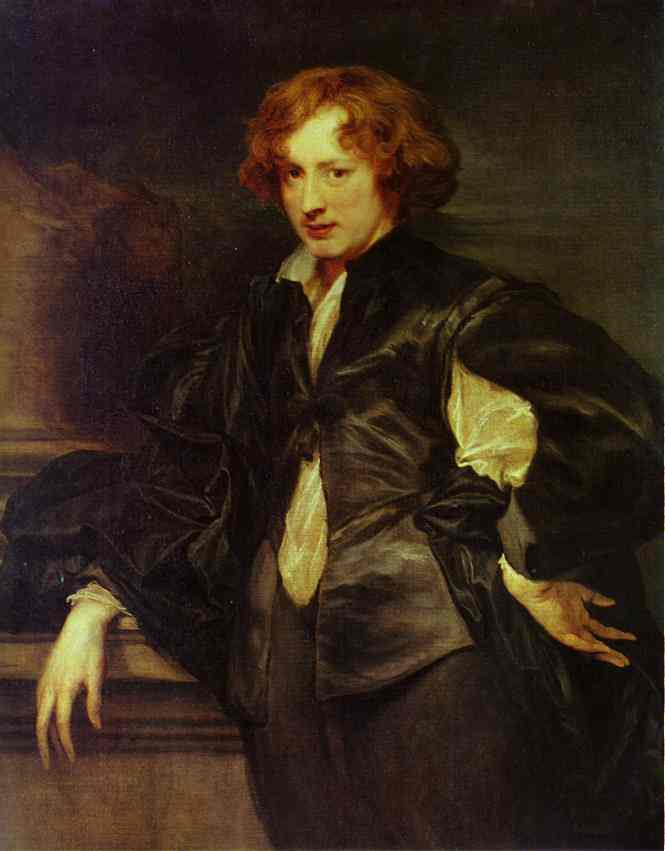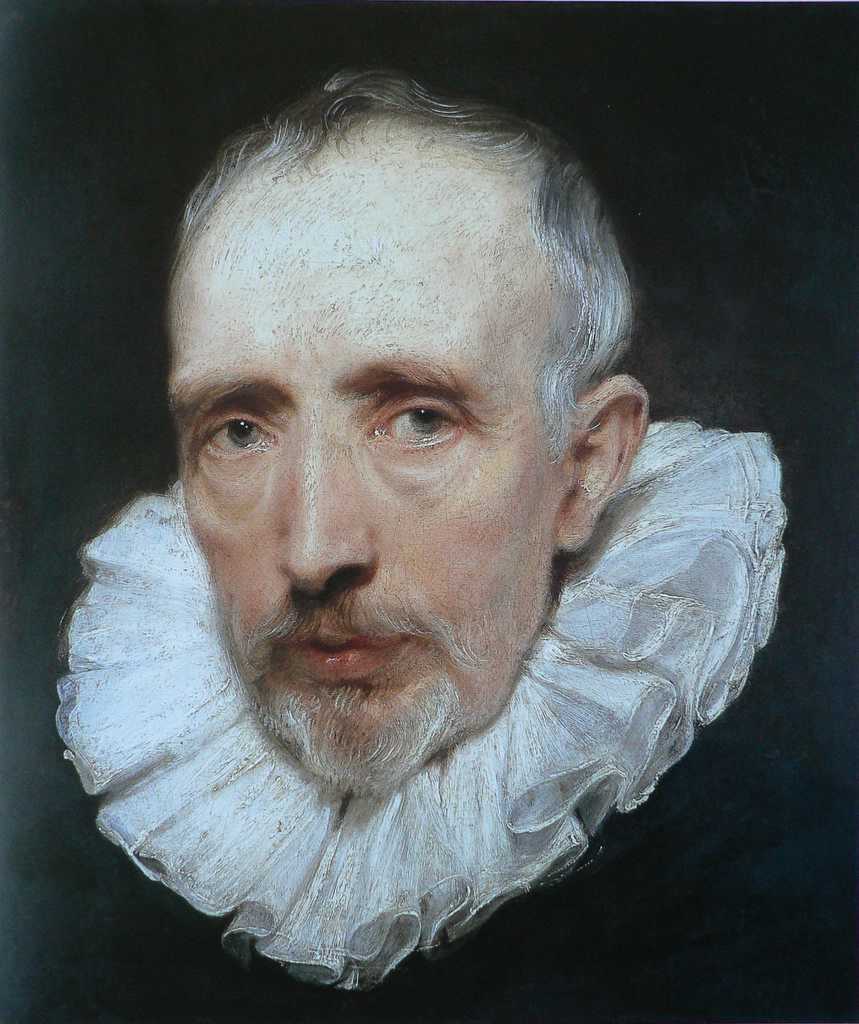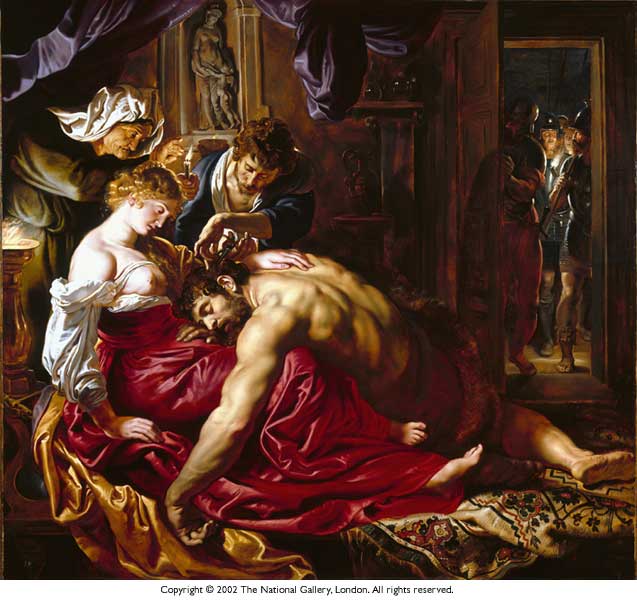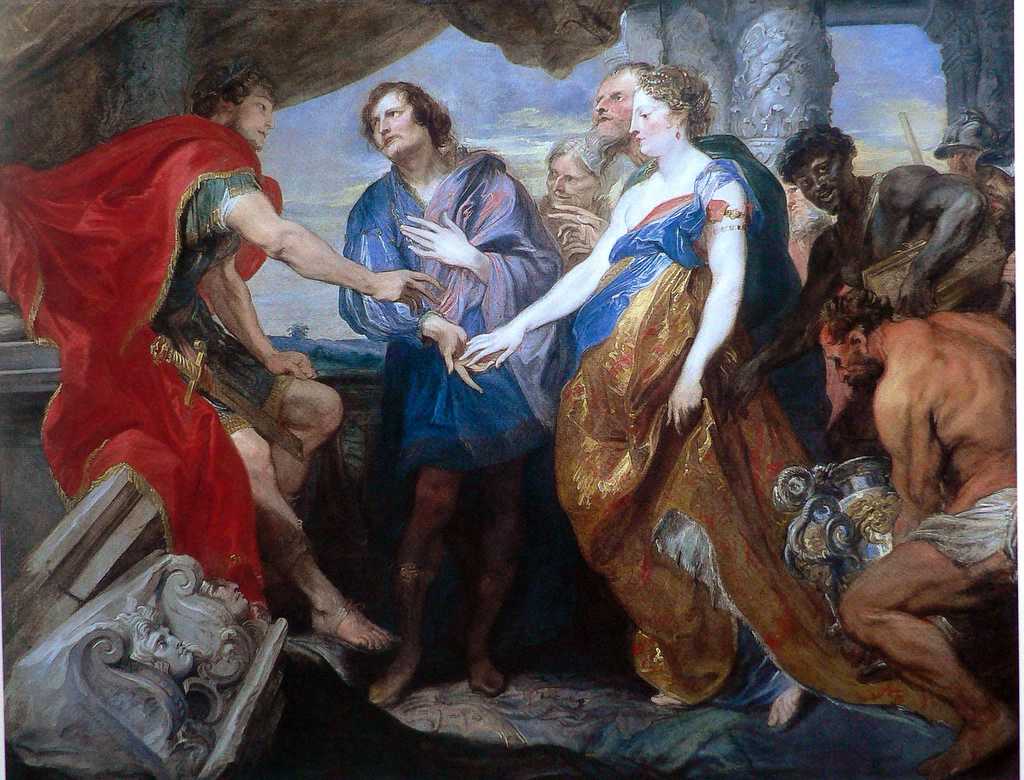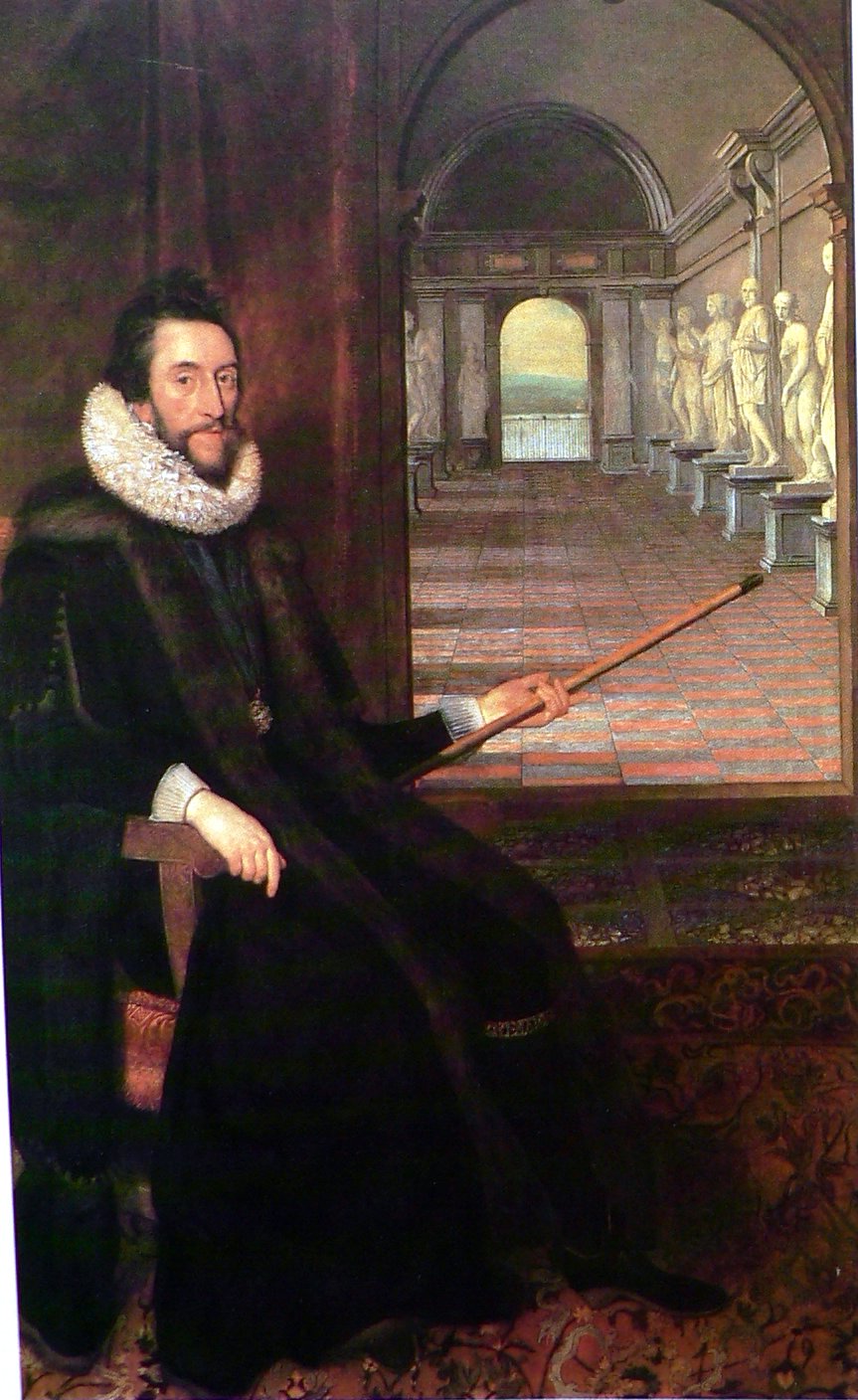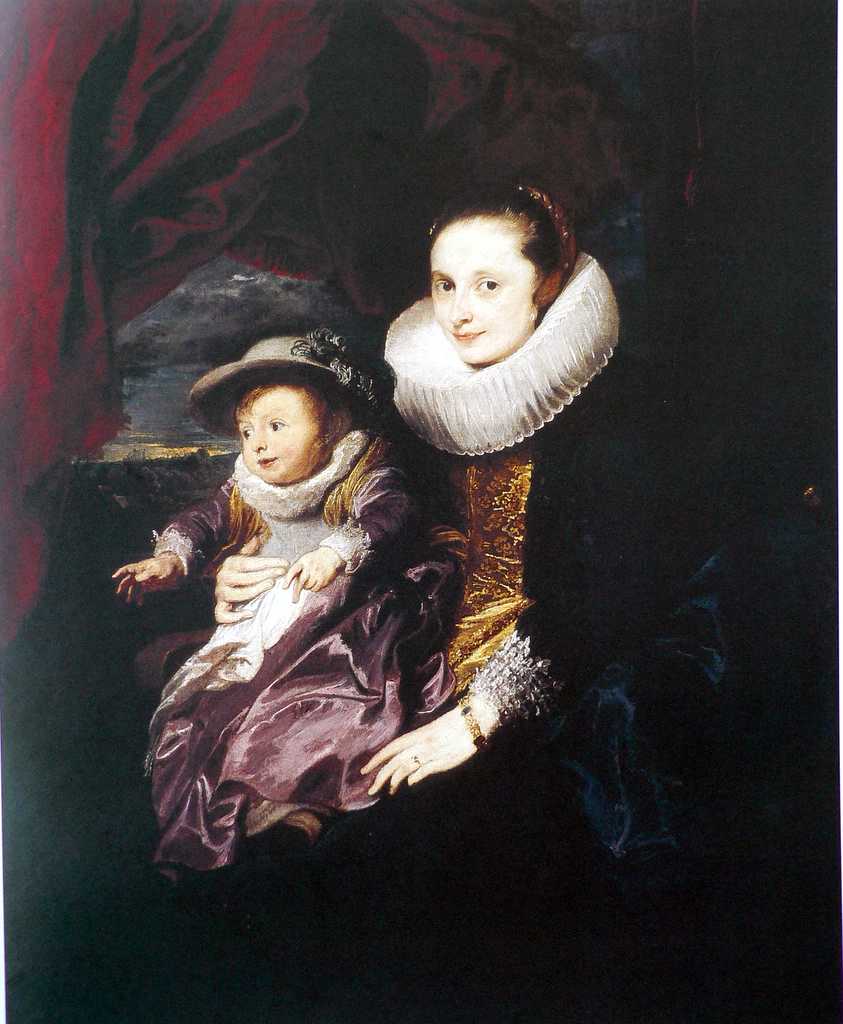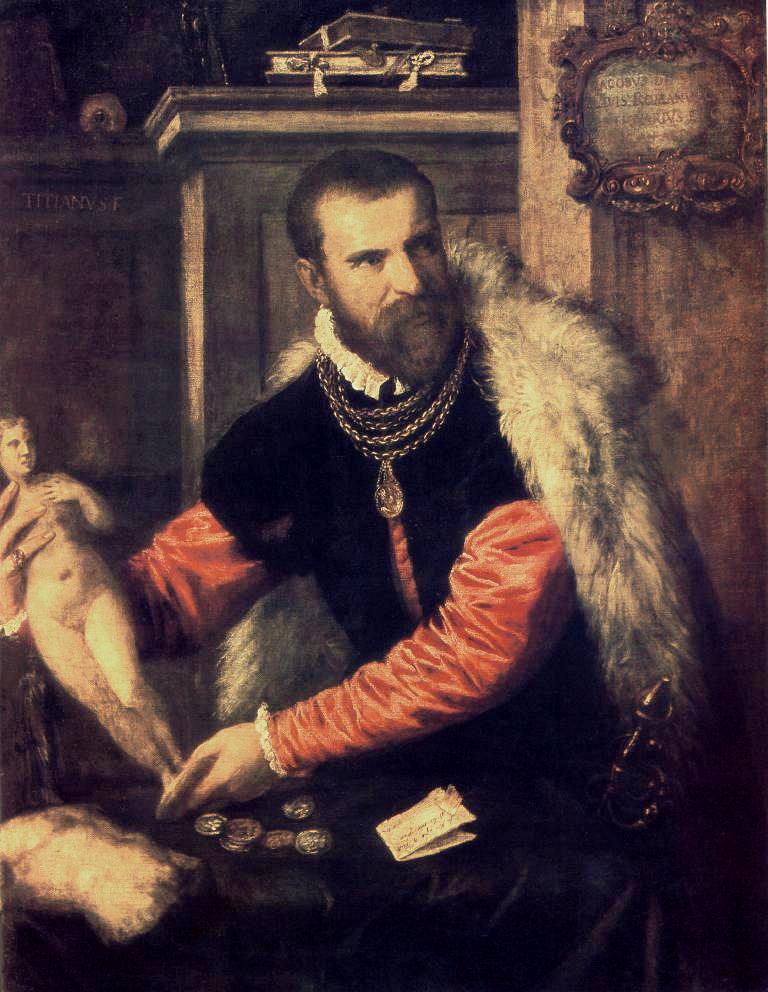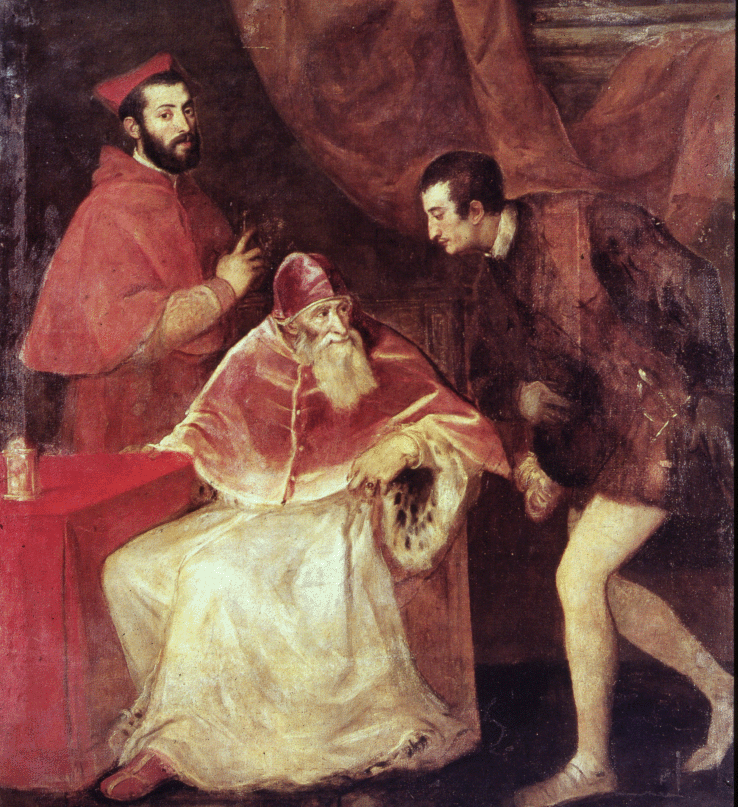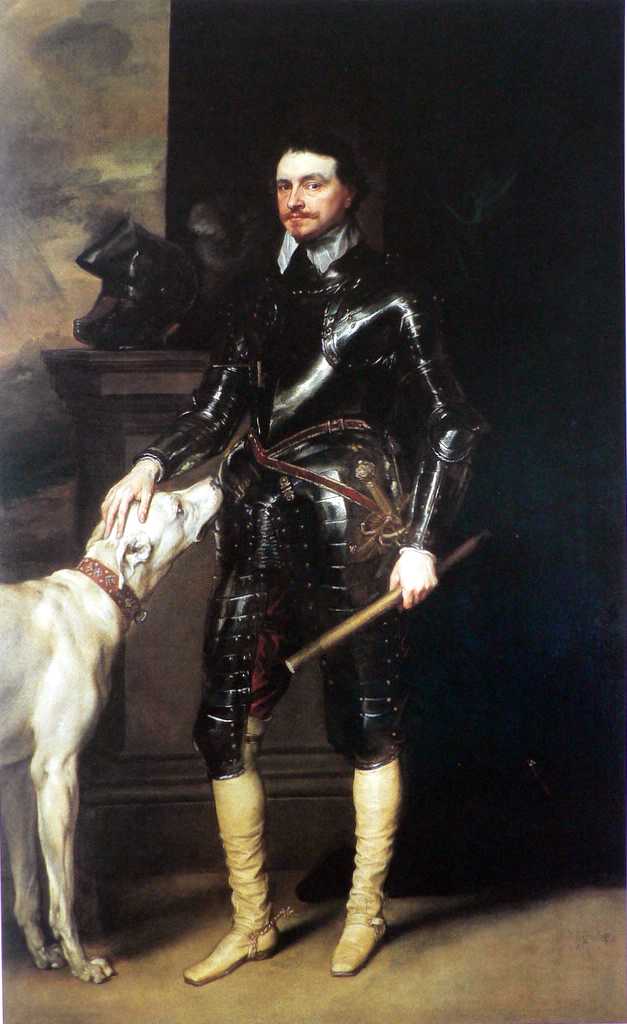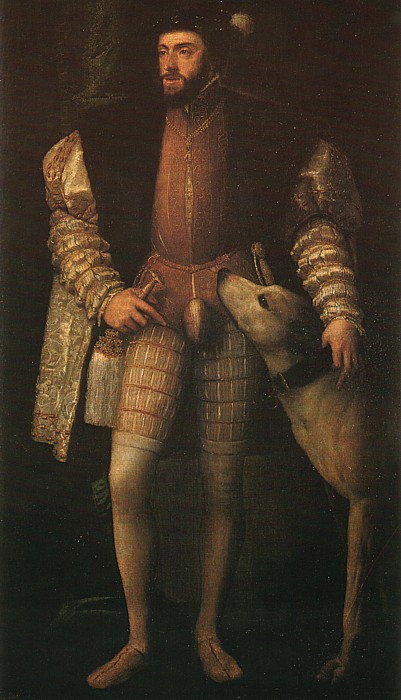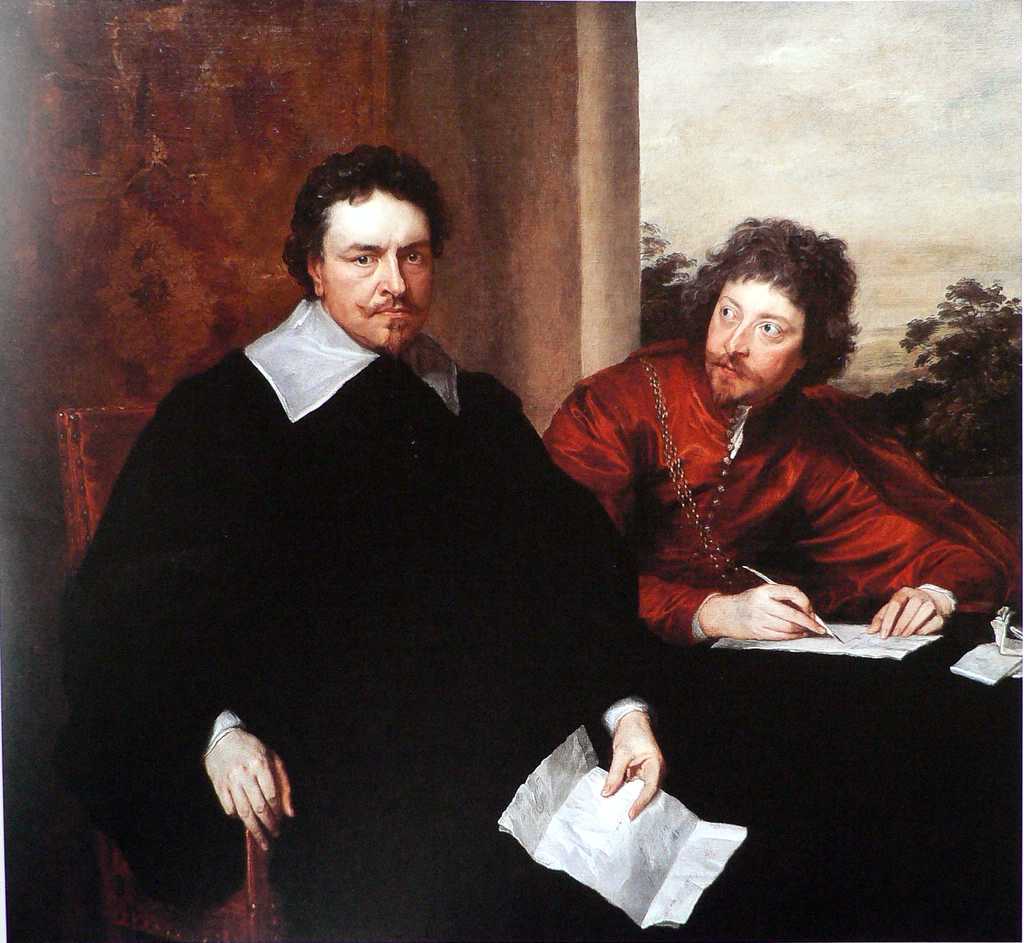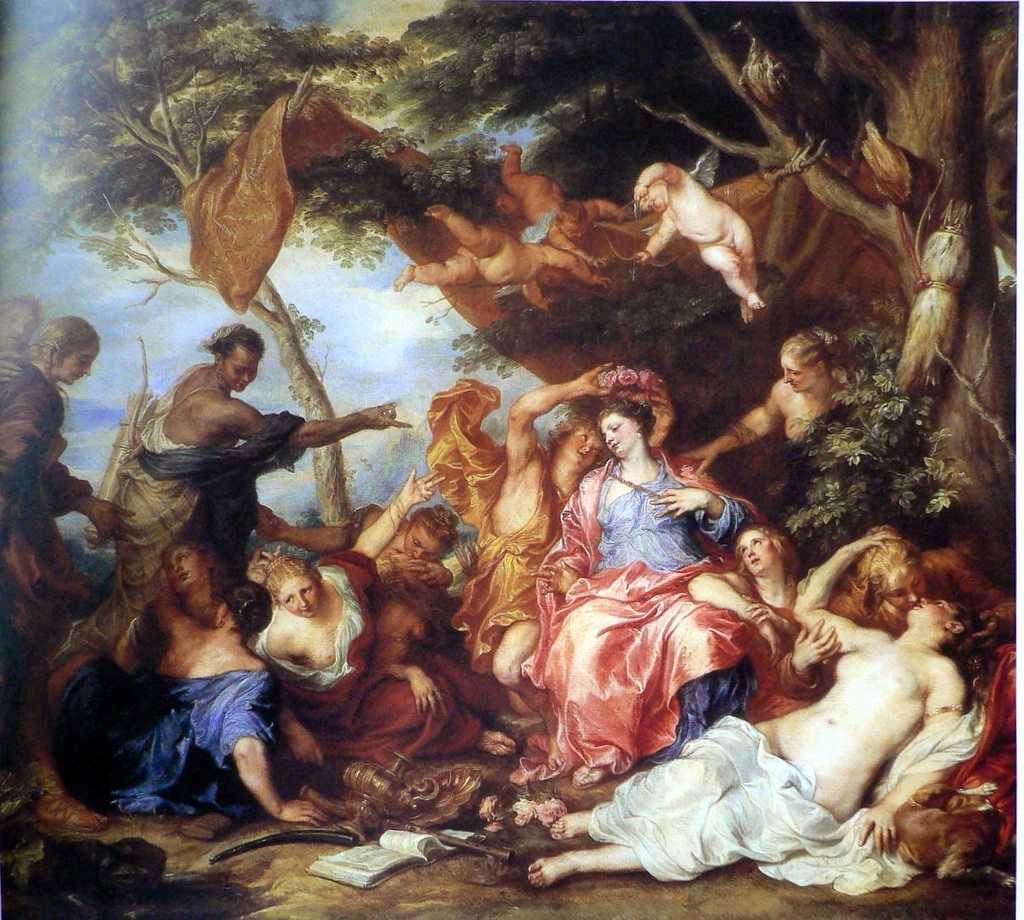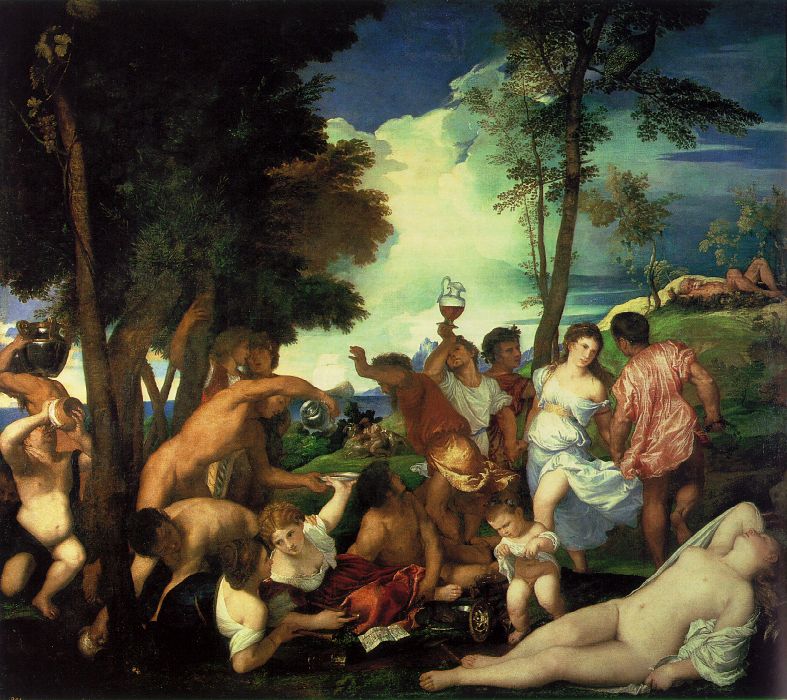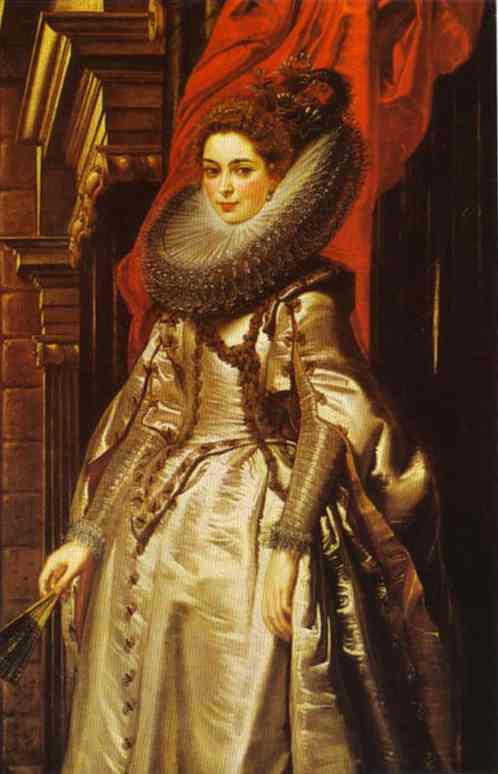Van Dyck was in England from October 1620 to February 1621 and from 1632 to the end of his life (with trips abroad). He was buried in Old St. Pauls.
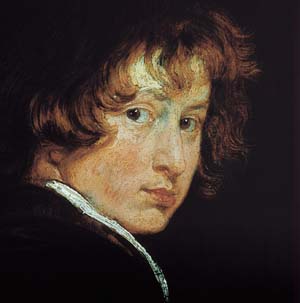
Self-Portrait, 1613-4, the earliest self-portrait by Van Dyck and possibly the earliest painting. He was only 14 yet the painting shows great skill. Unlike Rubens who had to work at his craft Van Dyck was a natural born painter. This is based on the style of Frans Hals in terms of the rough, thick impasto and suggests Rembrandt. The causal pose, flowing, curly locks look forward to the Romantics.
1620, Self-portrait in Hermitage.
Many of Van Dyck’s paintings are not dated and art historians used to set them out in a sequence based on a perceived development in style. This is idea of progress is based on Vasari and the idea of gradual improvement over time. However, we now know that many artists, particularly Van Dyck, could paint in any style at every period of their life, he could even by working on two very different styles at the same time. Therefore, in the last 20 years art historians have been more cautious about assigning dates based on style.
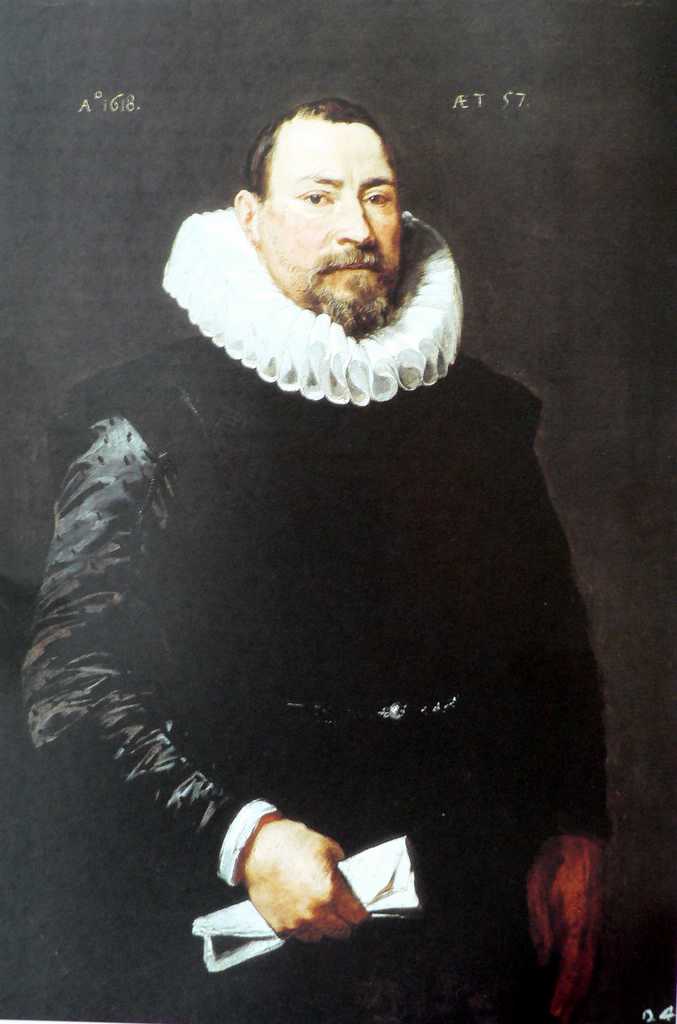
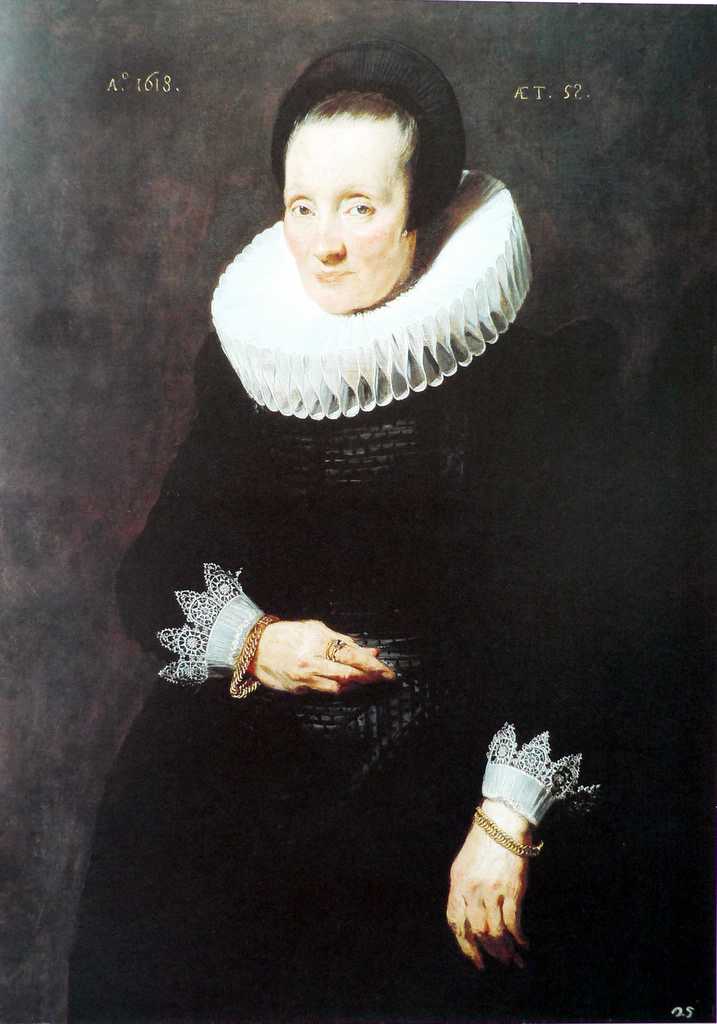
1618, Portrait of a Man, Portrait of a Woman (Lichtenstein Museum,http://www.liechtensteinmuseum.at/en/pages/artbase_main?module=browse&action=m_work&lang=en&sid=924988704&oid=W-1472004121953420112) his earliest commissioned portrait of an unknown couple but they are 57 and 58 years old. This was the year Van Dyck became a master but he continued to work in Ruben’s workshop.
Although Rubens had an army of workers Van Dyck was the star and this was recognised even at the time. He came from the traditional school of Flemish portraiture which we can recognise from the dark backgrounds and prominent hands and faces with a strong, flattening top light (for example, Frans Pourbus, Flemish Knight of the 1590s is very similar). We see a living, breathing person unlike pictures of courtiers at the time who inevitably seem to be looking down their noses at us.
Cornelius van der Geest, a great collector of art and a businessman. It has been sverly cut as it was originally half length and this makes it more modern with a close cropped head. The panel was cut and the frame at the National Gallery covers the rest of the panel. The head is original and un-retouched although the background has been repainted. It was painted in 1619-20 when Van Dyck was only 19 and shows great maturity, unlike Rubens at the same age. Rubens had to work at his craft but Van Dyck was a naturally gifted artist.
Van Dyck was baptised and lived in Antwerp so it was natural for him to join the workshop of Rubens, the greatest artist at the time.
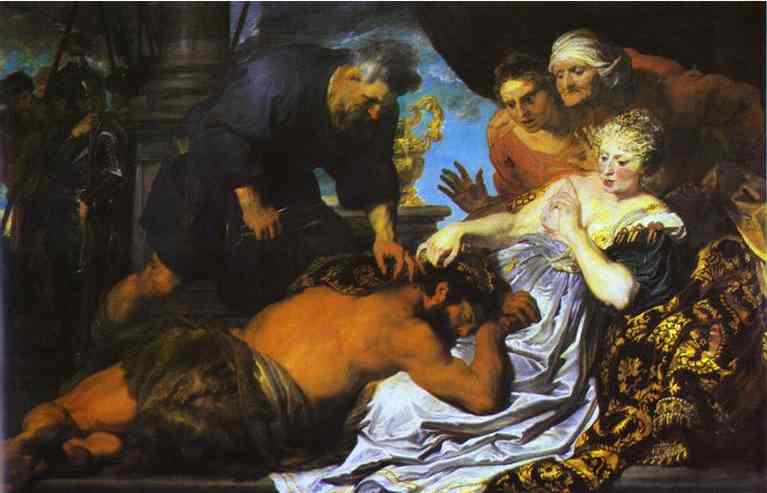
1619-20, Samson and Delilah (Dulwich).
1609, Rubens, Samson and Delilah (National Gallery).
The two paintings form a useful comparison as Van Dyck would have been able to paint in Rubens style exactly (no variation could be allowed amongst workshop members as they co-operated to produce a painting in a unified style). The Van Dyck is reversed so he may have copied a print. He paints in a different way, he is more fluid and looser. Ruben’s Samson looks heavy like a piece of classical sculpture or a Michelangelo. Van Dyck’s Samson is lighter and flatter. Both had been to Italy but while Rubens copied classical models Van Dyck copied Titian endlessly and did not seem interested in the classical tradition. Van Dyck;s faces are more caricatured and his style more painterly. Rubens is showing off with his purple curtains and purple pigmetn could not be bought and so had to be mixed from blue and red.
1620, Continents of Scipio (Oxford).
Van Dyck was invited to England by the Earl of Arundel (or his wife who was in Antwerp at the time) or by the brother of the Duke of Buckingham. This painting shows a noble virtue, the victor is shown handing over the wife of the vanquished chieftain and wishing them happiness together). The sculpture in the picture is 2nd century Roman and was found on the site of Lord Arundel’s house. So this painting was probably painted for Lord Arundel. But it is recorded in the Duke of Buckingham’s collection a few years later so was it presented as a gift from Arundel to Buckingham?
We still have the sketch for this painting and on it Van Dyck has (unusually) written “it is about an airy style”. Dutch dictionaries at the time associate the word used with lightness and agility so the very loose style was Van Dyck’s stylistic way of conveying this atmosphere.
Until recently all art historians regarded Rubens as the greater history painter and regarded Van Dyck as lightweight but if he was deliberately painting in an airy style the light weight and airy style is intentional. Everyone is in a state of movement and it is wonderful how the hands come together in the centre (a technique also used by Durer). Until recently art historians were therefore judging the paintings according to the rules of the academy and valorizing Rubens.
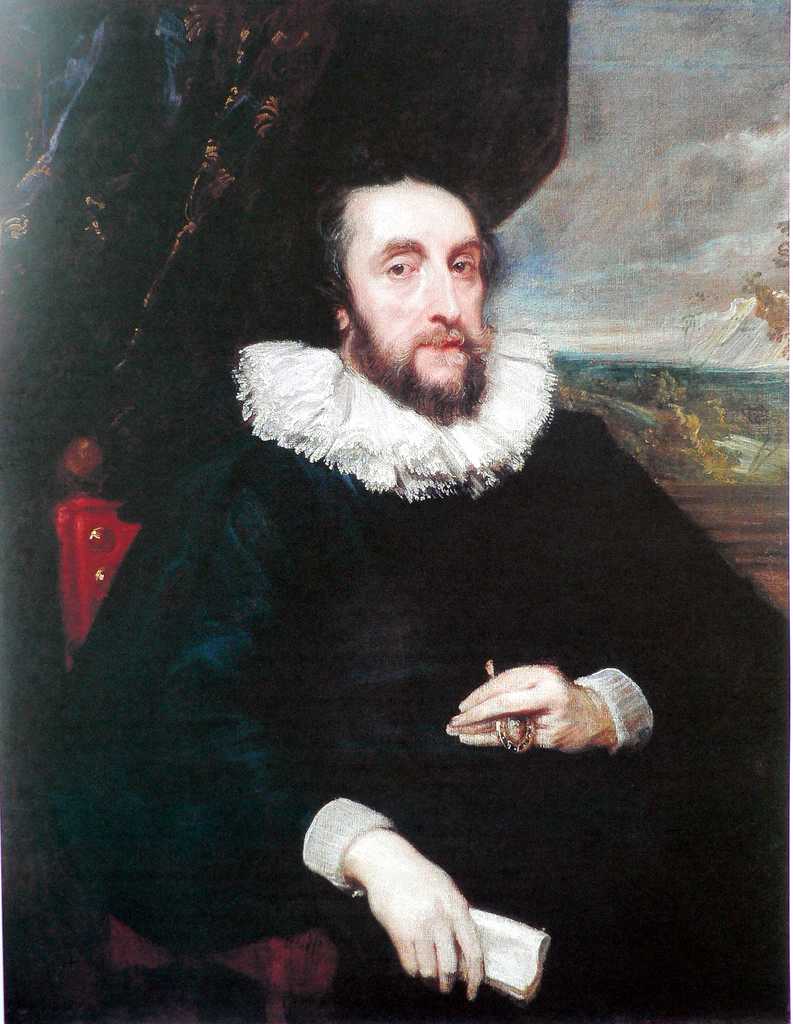
Thomas Howard, Second Earl of Arundel (Getty)
Mytens, Lord Arundel, 1618 (National Picture Gallery).
They are virtually contemporary and both show a seated view of Arundel turned three-quarters. There is more body and volume in the Van Dyck. It was painted at great speed as the arm rest is just a few simple brushtrokes. There is a solid sense of presence in the Van Dyck.
1621, Netherlands, Antwerp, Lady and her Son (National Gallery). Note that we know he is a boy as he is wearing a hat. The curtains, a sitter on a chair, a view of a landscape behind come out of the 16th century Venetian Titian tradition. The texture is much better than the Larkin curtains (see below) and there is a sense of movement compared with the static Larkin. See how the curtains seem to be blown by a breeze coming through the window. The woman may be Marie Stappaert as this is now thought to be a pendant to a badly damaged portrait of her husband.
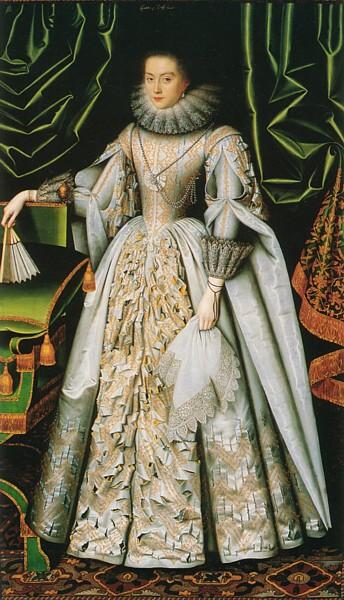
Diana William of Cecil 1610-14, William Larkin.
In 1627 Van Dyck went to Italy and this transformed his painting.
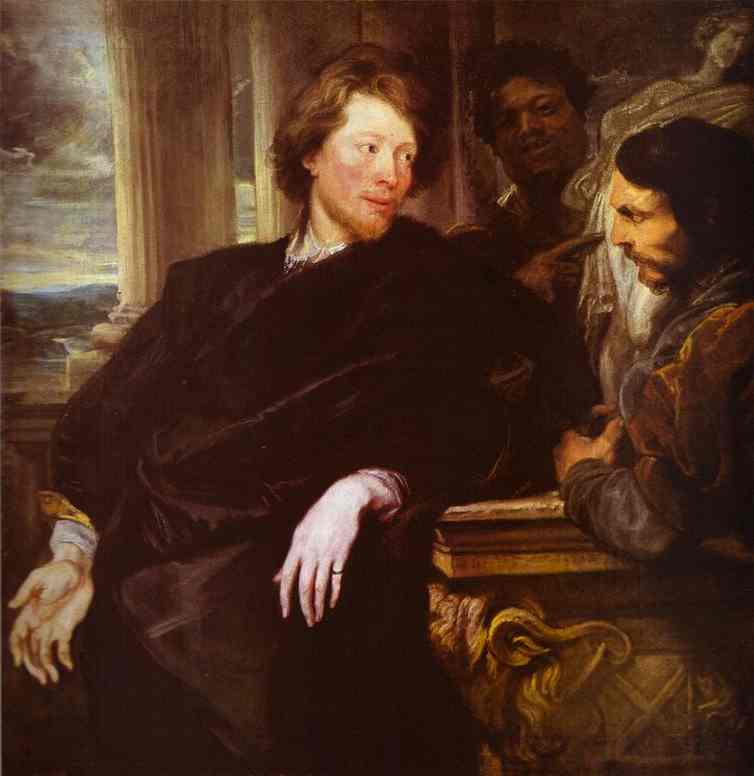
1621-2 Rome (National Gallery), George Gage.
The Gage coat of arms is on the plinth and we see him here negotiating as an art dealer in a casual, laid back way. The turning movement, the perspective, the relaxed louch pose, graceful, complex pose is alien to the Flemish tradition.
Titian, Jacopo Strada, 1566 (Vienna), is again the inspiration.
The complex pose could be Pope Paul III, Titian, 1545 (Naples). Van Dyck’s Italian sketchbook has a sketch of this painting. Like all Van Dycks sketch it is a rough visual reminder to the key elements as Van Dyck had an amazing visual memory.
1635, Earl of Strafford with His Hunting Dog, comes from:
Titian’s Emperor Charles V (1530s).
Van Dyck’s Earl of Strafford with his secretary (1639-40) is also like Titian’s Cardinal George Darminak with his secretary (1530s). Van Dyck was still painting in the style of Titian near the end of his life (he died in 1641).
Amerilus and Mirtillo (1631-2, Paris) is one of Van Dyck’s few mythological works. It is completely indebted to:
Titian’s Bacchanal with the Andrians.
When in Italy Van Dyck spent most of his time in Genoa, patronised by the Genoese and he painted many great group portraits, equestrian portraits and new formats for the first time.
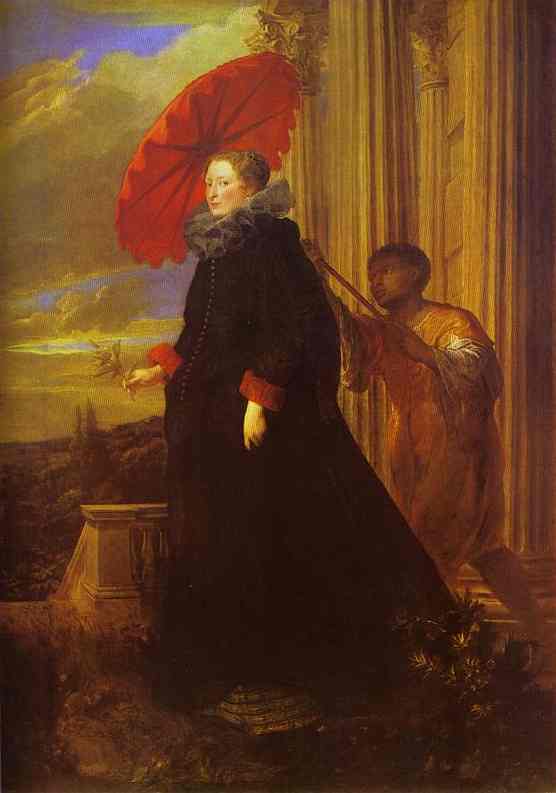
Elena Grimaldi Cattaneo with a Black Page, 1623, with red parasol held by a black servant, with columns behind.
Influenced by Rubens, Portrait of Marchesa Brigida Spinola Doria (c. 1606, Washington), note it has been cut at the bottom.
Wherever Van Dyck went in Europe he found Rubens had been there. Van Dyck has combined informality of pose with grandeur and movement.. The parasol creates another layer, a strong diagonal and a sense of depth. Try imagining the painting without the parasol, it is too vertical.
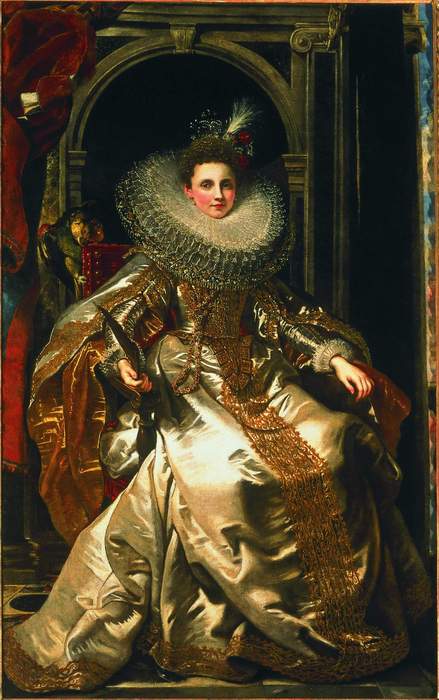
Rubens, Caterina Grimaldi (Kingston Lacy, National Trust)
Larkin, Lady Saint John (Maple Durham)
Classical columns are associated with history painting. Technique used by Joshua Reynolds in his 18th century portraits, he added classical trappings to increase the stature of the portrait be associating it with history painting, a higher genre.
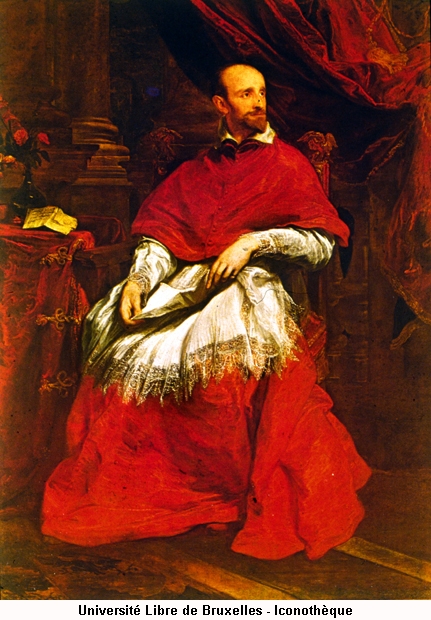
Van Dyck’s earliest great masterpiece, Cardinal Bentivoglio (1622-3, Florence), reminiscent of Titian’s Pope Paul III. Softly painted in the Venetian tradition. Compare Larkin’s Countess of Strafford above and in particular compare Van Dyck and Larkin’s painting of lace. Larkin is meticulous and Van Dyck uses economical swirls that suggest lace. Van Dyck has a broader, looser style reminiscent of Titian with visible brushstrokes that merge together to create the illusion at a distance.
The earliest painting of Van Dyck are on panel but from 1620 onwards he exclusively used canvas (like Titian) and like Titian he uses the weave of the canvas to create effect.
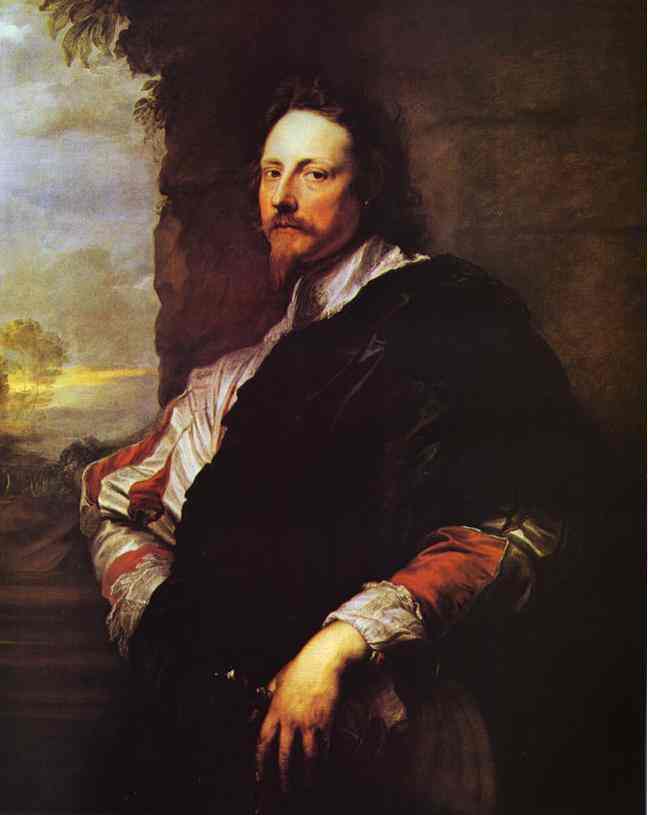
1627-8, Nicholas Lanier, Antwerp (1628, Vienna) a skilled English musician and art dealer for Charles I given a sense of glamour by Van Dyck.
When he arrived in England Van Dyck was immediately set up as “Principal Painter in Ordinary to their Majesties” in Blackfriars. Black chalk sketch in Edinburgh for Nicholas Lanier. Drawings by Van Dyck are very rare as it was not his standard practice when creating a portrait.

